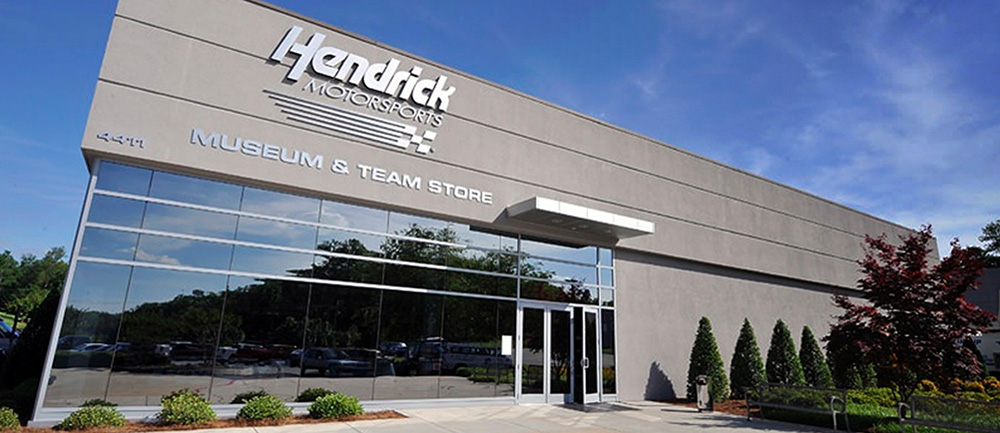
Gordon Seeking Daytona Redemption
CHARLOTTE, N.C. (Feb. 5, 2003) - Six laps. That was all that separated Jeff Gordon from a possible third career Daytona 500 victory.
Gordon, driver of the No. 24 DuPont Chevrolet, led the 18 laps leading up to a restart on Lap 194 of 200 in the 2002 running of “The Great American Race.” On the restart, he attempted to block second-place Sterling Marlin from passing, but made contact and was left spinning through the infield grass. He recovered to finish ninth, his best showing at Daytona (Fla.) International Speedway since winning the “500” in 1999.
“If I had to do it over again I would probably let Sterling pass me and then battle for the win with a few laps to go,” Gordon said. “It's just so hard to pass and track position is so important that I didn't want to give it up. You'll do just about anything to keep the lead with six laps to go in the Daytona 500.”
Gordon could be faced with a similar situation this year, but with an added twist. This is the first time the NASCAR Winston Cup Series has visited Daytona with the new fuel-cell rule, which reduces the amount of fuel each car can carry by half. The rule not only impacts the Daytona 500, but the Twin 125-mile qualifying races, because, for the first time, each car will be forced to pit for fuel.
"I don't remember ever having to pit for fuel during the Twins," Gordon said. "A good pit stop probably won't win the race, but a slow pit stop could cause you to lose the draft -- and the race.
"I like the current aero rules because of the strategy involved. You have to be patient and be sure about a pass before attempting it. If you don't complete the pass, you could lose a lot of positions."
Gordon will not only have to contend with the fuel-cell restrictions, but with a new 2003 Chevrolet Monte Carlo body style.
"We had a lot of trouble with the old Monte Carlo when it first came out because it had so much rear downforce and so little front downforce," Gordon said. “We struggled quite a bit, but we massaged it, worked with it and moved the bodies around. NASCAR helped us in some areas, too. We got that car pretty well balanced by the end of it.
"However, this new Monte Carlo definitely has a much better balance from the beginning. We'll have a better handle on how good the car is after we hit some of the mile-and-a-half tracks."
Over the course of his 10-year Winston Cup career, Gordon has enjoyed a lot of success at Daytona. In 20 career point races at the 2.5-mile superspeedway, he has four wins, including the Daytona 500 in 1997 and 1999, eight top-five and 11 top-10 finishes. At age 25, Gordon became the youngest driver ever to win the Daytona 500. He also won the Busch Clash (now the Budweiser Shootout) twice.
"A win at Daytona can boost the start of our season, but that quickly subsides. It takes an extraordinary amount of focus and concentration each week to perform at the level that it takes to win a championship. This team has been there before and we'll draw on that experience throughout the year."
Gordon got out of the gate slow in first half of the 2002 season, but rallied to record three victories and finish fourth in points. He knows that if he wants to win a fifth Winston Cup championship that he cannot afford another slow start.
"I'm really excited," Gordon said. "We've had a great offseason. The team carried some momentum from the end of last year in knowing that we finished fourth in points and really didn't have the best of years. And yet, I think we're still a championship caliber team with a few minor things that we could have done different.
“We have a lot of things to look forward to this year.”







